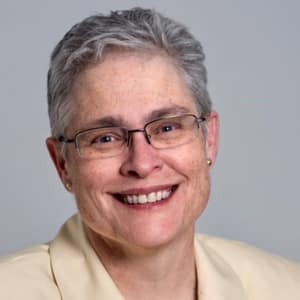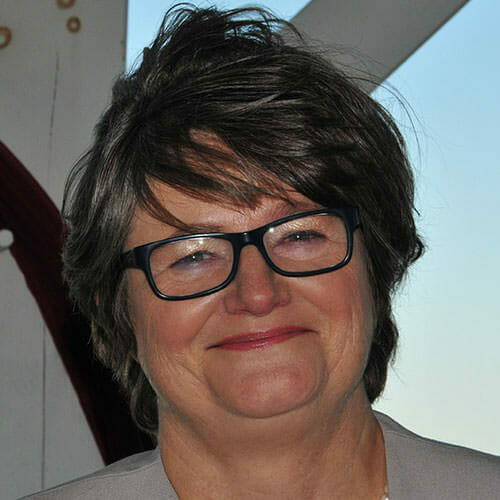Hear from two institutions about how they restructured in order to stay competitive amid changing market demands.
We know that academic restructuring varies in form and function. You may need to restructure because you’re faced with a crisis, such as budgetary cuts or enrollment declines. Or, you might see opportunities for growth and innovation due to changing market trends.
Join us online as Clarion University and Merrimack College – two institutions differing in size, type and market conditions faced – tell their stories of restructuring. You’ll learn about:
- The circumstances that caused each institution to restructure
- How institutional leaders approached the process
- What the leaders would do differently in hindsight
You’ll leave with honest insights that you can consider for your own institution, college, or department, no matter where you are in the restructuring process.
Who Should Attend
Presidents, Chief Academic Officers, Provosts, Deans, and other senior leaders who are thinking about or planning for academic restructures will benefit most from these sessions.
Webcast 1
Academic Restructuring: Taking Action Quickly During Times of Change
Overview
Driven by multi-year declining enrollments and a sudden and huge loss of revenue, restructuring was a must. In these cases, institutions must move quickly, and they often only get one chance to get it right.
As a result of the restructuring at Clarion:
- 4 colleges became 3
- 36 departments become 17
- Education programs were reengineered and integrated into the College of Arts and Sciences
- A new college centered around health professions was created
This was all done in two years, which, in an academic restructuring timeframe, is fast. This is a story about how you can navigate restructuring in times of need, while also getting everyone on board when time is of the essence.
Agenda
To help you understand the conditions and approaches surrounding the restructure at Clarion University, you’ll learn the following:
- The market conditions and financial realities that required the school to restructure
- The outcomes of the restructure – both the good and the bad
- How President Emerita Whitney led the university through the academic restructure, including how she formed an action plan, how she overcame faculty resistance, and how she rethought traditional disciplinary structures
- The things President Emerita Whitney executed well and the things she wishes she would have done differently
Instructor

Dr. Karen M. Whitney
President Emerita, Clarion University
Throughout her 40 year career in higher education, Dr. Karen Whitney has held a variety of executive and leadership positions with increasing levels of responsibility, beginning as a Director to Associate Vice President, Vice Chancellor, President, and Chancellor. Karen is also a nationally recognized organizational and leadership development writer, speaker, consultant and advisor. She holds a doctorate from the University of Texas at Austin in Higher Education Administration and is a certified coach through the Center for Executive Coaching. Read Karen's full bio here.
Webcast 2
Academic Restructuring: Creating New Growth Opportunities
Overview
Over the last 7 years, enrollment in Merrimack’s School of Education and Social Policy has tripled—due in part to changes in accreditation standards, industry, and student expectations. Academic restructuring was needed in order to keep up and manage the momentum.
As a result of the restructuring at Merrimack:
- 7 master’s programs were added
- A new school of health sciences was added
- The institution restructured to a division 1
- The academic success center was centralized
This is a story about responding to growth and being able to use curricular reform and innovation to your advantage.
Agenda
To help you understand the conditions and approaches surrounding the restructure at Merrimack College, you’ll learn the following:
- The market conditions and financial realities that required the school to restructure
- The outcomes of the restructure – both the good and the bad
- How Dean Cherney led the university through the academic restructure, including how she created a common vision and cultivated employee buy-in and inclusion
- The things Dean Cherney executed well and the things she wishes she would have done differently
Instructor

Isabelle Cherney
Professor and Dean of the School of Education & Social Policy, Merrimack College
Isabelle has served in multiple leadership positions at institutions of higher education. Over the past decade, she built and led several nationally acclaimed innovative academic programs, both at the undergraduate and graduate levels, on-the-ground and online, that have transformed students, the institutions, and the community. Under her leadership, graduate enrollment in the School of Education and Social Policy at Merrimack College has doubled and undergraduate enrollment has increased 20% in the past three years. Read Isabelle's full bio here.
Questions About the Event?

Lisa Lafflam
Instructional Designer, Academic Impressions

